Who was Ansel Adams?
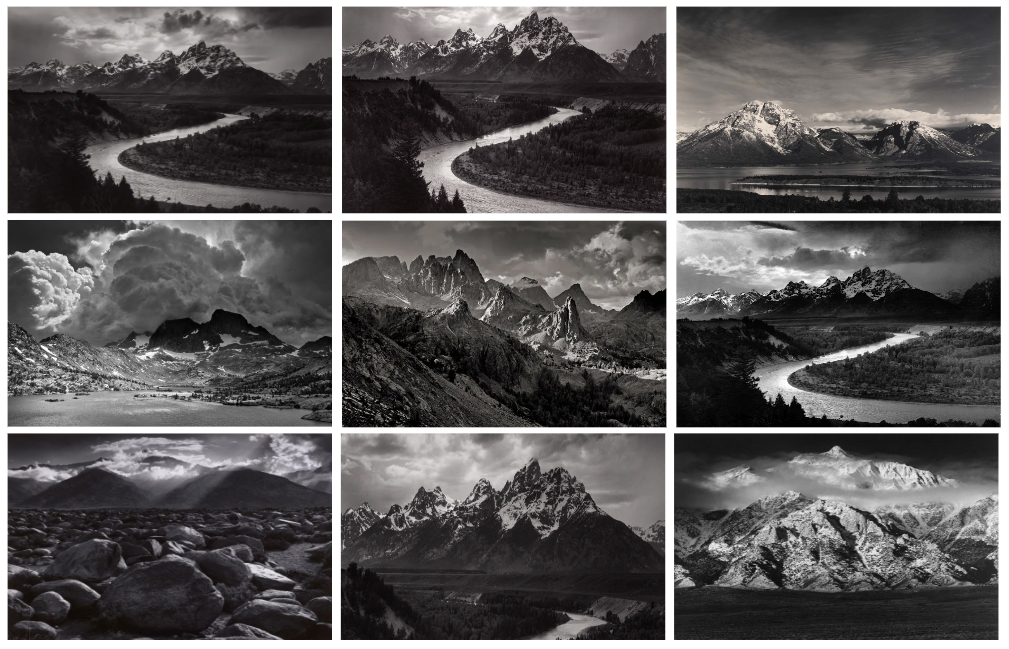
Ansel Adams (born February 20, 1902, San Francisco, California, U.S.—died April 22, 1984, Carmel, California) was an American photographer who was the most important landscape photographer of the 20th century. He is also perhaps the most widely known and beloved photographer in the history of the United States; the popularity of his work has only increased since his death. Adams’s most important work was devoted to what was or appeared to be the country’s remaining fragments of untouched wilderness, especially in national parks and other protected areas of the American West. He was also a vigorous and outspoken leader of the conservation movement. While photography and the piano shared his attention during his early adulthood, by about 1930 Adams decided to devote his life to photography. Adams believed that photography could give vent to the same feelings he experienced through his music. His first attraction to photography came from his love of the natural landscape and a yearning to capture something of that overwhelming experience on film.
He is renowned for his Western landscapes eg his views of Yosemite and the Sierra Nevada. His photographs emphasise the natural beauty of the land. These images are often seen in black and white using the zone system which Ansel Adams and Archer created. There were 10 zones in Ansel Adams’ system. They were defined to represent the gradation of all the different tonal values you would see in a black and white print, with zone 5 being middle grey, zone 0 being pure black (with no detail), and zone 10 being pure white (with no detail).
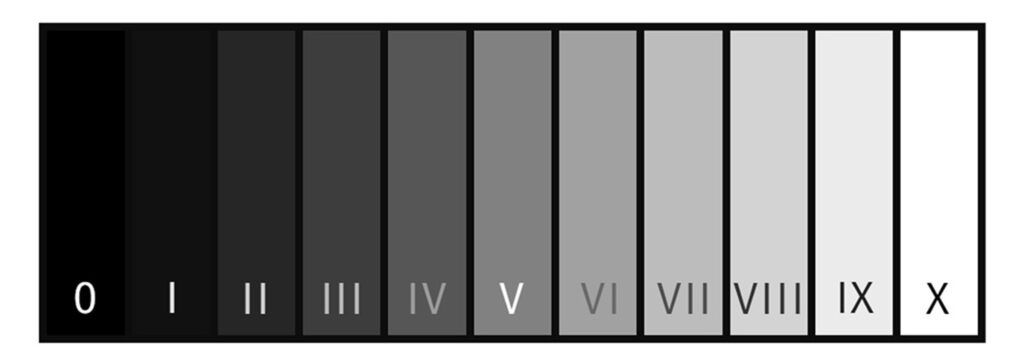
Ansel Adams honed his vision for his photographs through a process called visualisation. Visualisation requires the photographer to take in a subject without a camera and imagine how the final photo will come out. Ansel Adams described it as “the ability to see the scene you photograph and recreate in your mind the print you will produce”. Meaning see your developed image, relying on the information you receive from the scene and on your developing intentions.

Group f/64 was created when Ansel Adams and Willard Van Dyke, an apprentice of Edward Weston, decided to organise some of their fellow photographers for the purposes of promoting a common aesthetic principle. The group was formed in 1932 and it constituted a revolt against Pictorialism, the soft-focused, academic photography that was then prevalent among West Coast artists. The name of the group is taken from the smallest setting of a large-format camera diaphragm aperture that gives particularly good resolution and depth of field. The original 11 members of Group f.64 were: Ansel Adams, Imogen Cunningham, Edward Weston, Willard Van Dyke, Henry Swift, John Paul Edwards, Brett Weston, Consuelo Kanaga, Alma Lavenson, Sonya Noskowiak, and Preston Holder.

Though members of the group represented a wide range of subject matter in their work, they were united in their practice of using the camera to record life as it is, through unmanipulated “pure” documentation. Works associated with Group f.64 include Adams’s dramatic images of Yosemite National Park, Edward Weston’s close-up, high-detail photographs of fruits and vegetables and of sand dunes and nudes, and Cunningham’s studies of calla lilies.
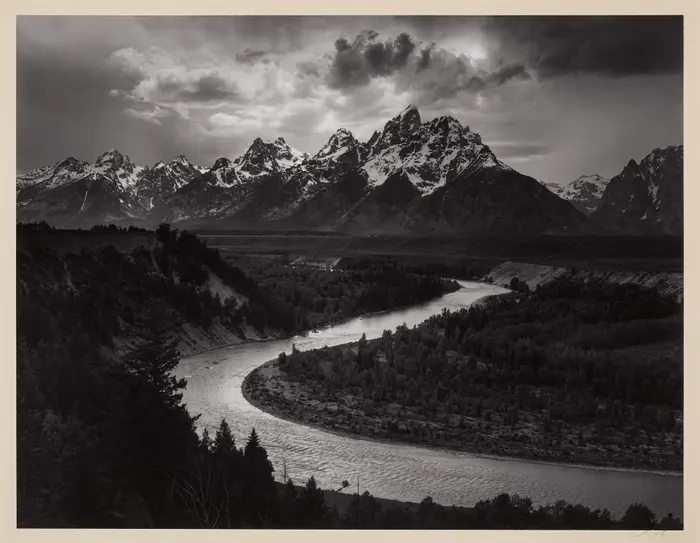
Ansel Adam’s photographs link to romanticism. He used a black and white film in his images and would photograph a variety of different landscapes eg mountains, lakes and hills. The black and white film he added to his images differentiated his work from other photographers as he manipulated his photographs to create a darker sky, making the once blue, comforting sky into something terrifying and mysterious. He casted chilling shadows over the landscapes he photographed which made his scenes look more unnerving. This is an example of romanticism as he managed to create pictures that would leave people in awe but also slightly terrified by his dark ominous sky.
Photo analysis:

For this image, Ansel Adams used a small aperture (f/64). He did this as it allowed him to capture small details from the environment and let these details be seen in his photographs. This small aperture also made his images clearer. This image clearly displays the zone system as you can see shades ranging from pure black (0) to pure white (10). When taking this photograph, he first used a yellow filter and then used a red filter. He noticed that the type of filter that he used changed how the image looked (with the red filter making the photograph look more like how the environment did in real life and enhancing the tonal range of the image). From this, Ansel Adams came up with the idea of visualisation, which allowed him to show in his image what he saw in his ‘minds eye’. He used his talent in photography to take these pictures of different natural landscapes to which he then used these images to try and persuade the government to not destroy these beautiful places. Overall, I like how this photograph looks as you can see lots of detail and texture on the mountain and the manipulated sky which has been darkened gives the image a more intense, scary feeling but is also beautiful at the same time. This image successfully portrayed the idea of romanticism.
Ansel Adams Inspired Photoshoot:


For this photoshoot, I took pictures of various natural landscapes. I ensured that I took an equal amount of vertical and portrait photographs in order to get more variety in my images. To edit them, I used photoshop and edited the levels, curves and made the images black and white, adjusting the different colours to make the blue sky more darker as seen in Ansel Adams images. This dramatic dark sky makes my images look more scary, successfully portraying the theme of romanticism. I mainly focused on mountains and cliffsides as this is what Ansel Adams typically took pictures of.
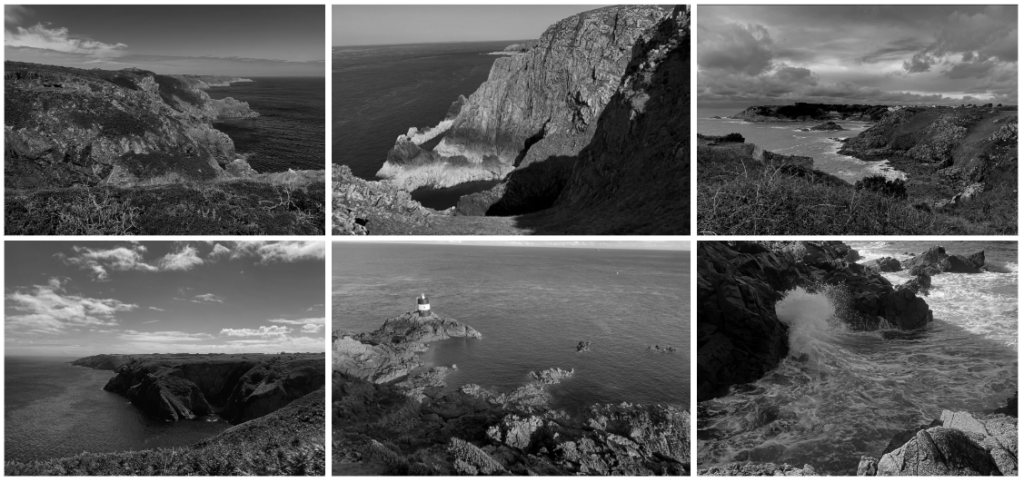


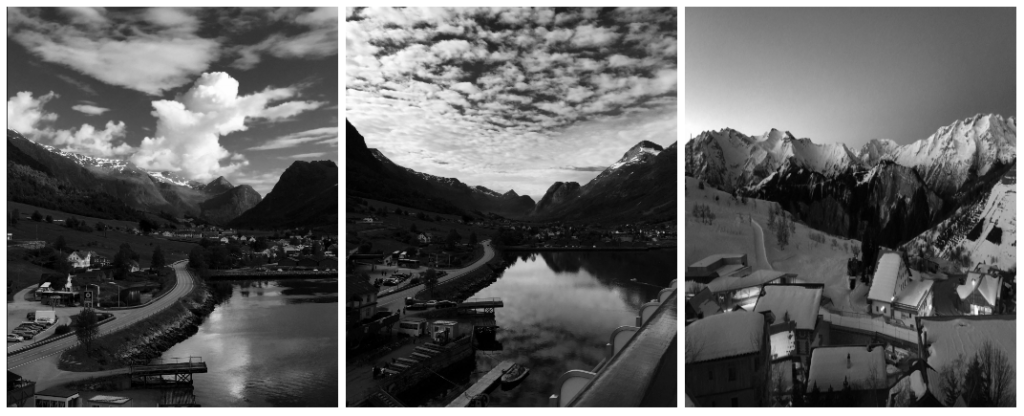
Overall, I like how my images came out as I think they have a good tonal range in which you can see shades from pure black to pure white. Additionally, my images also have good detail and clarity. If I were to do this photoshoot again, I would try take more photos in different whether conditions eg fog as I think this would help my images look more creepy, furthering the idea of romanticism in my work.
Edward Weston
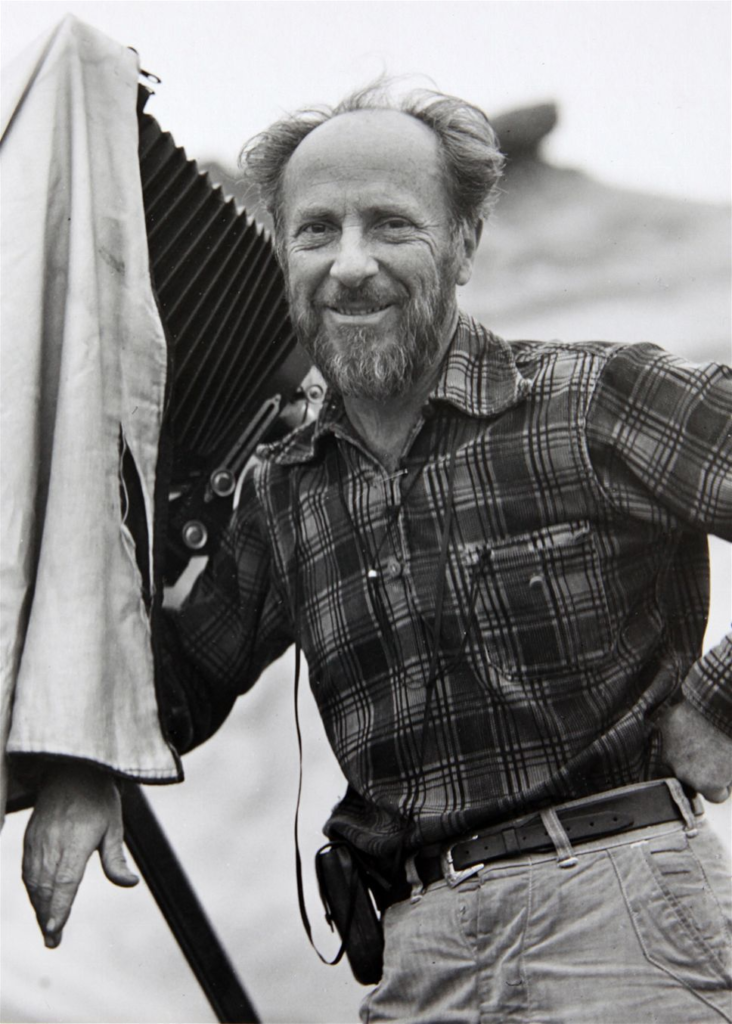
Edward Henry Weston was an American photographer. He has been called “one of the most innovative and influential American photographers” and “one of the masters of 20th century photography.” He was born in 1886 and died in 1958. He is best known for his carefully composed, sharply focused images of natural forms, landscapes, and nudes. Edward Weston was born in Highland Park, Illinois. He began to make photographs in Chicago parks in 1902, and his works were first exhibited in 1903 at the Art Institute of Chicago. Three years later he moved to California and opened a portrait studio in a Los Angeles suburb. In 1902, Weston received his first camera for his 16th birthday, a Kodak Bull’s-Eye #2, and began taking photographs. Weston’s first photographs captured the parks of Chicago and his aunt’s rural farm.
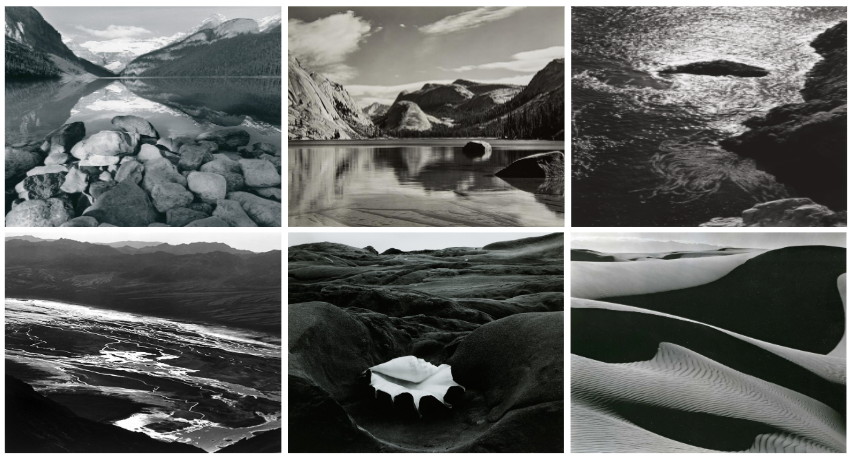
Edward Weston was instrumental in establishing an identity for the West Coast school of photography in the early years of modernism in America. His eloquent combination of expansive landscapes and other natural subject matter with precise, unembarassedly technique created a prototype for the f/64 group’s purist style. Most of his work was done using an 8-by-10-inch view camera.
Through his promotion of straight photography and his daybooks, in which he recorded his artistic growth, Weston helped cement photography’s place as a legitimate modern artistic medium and influenced an entire generation of American photographers.
